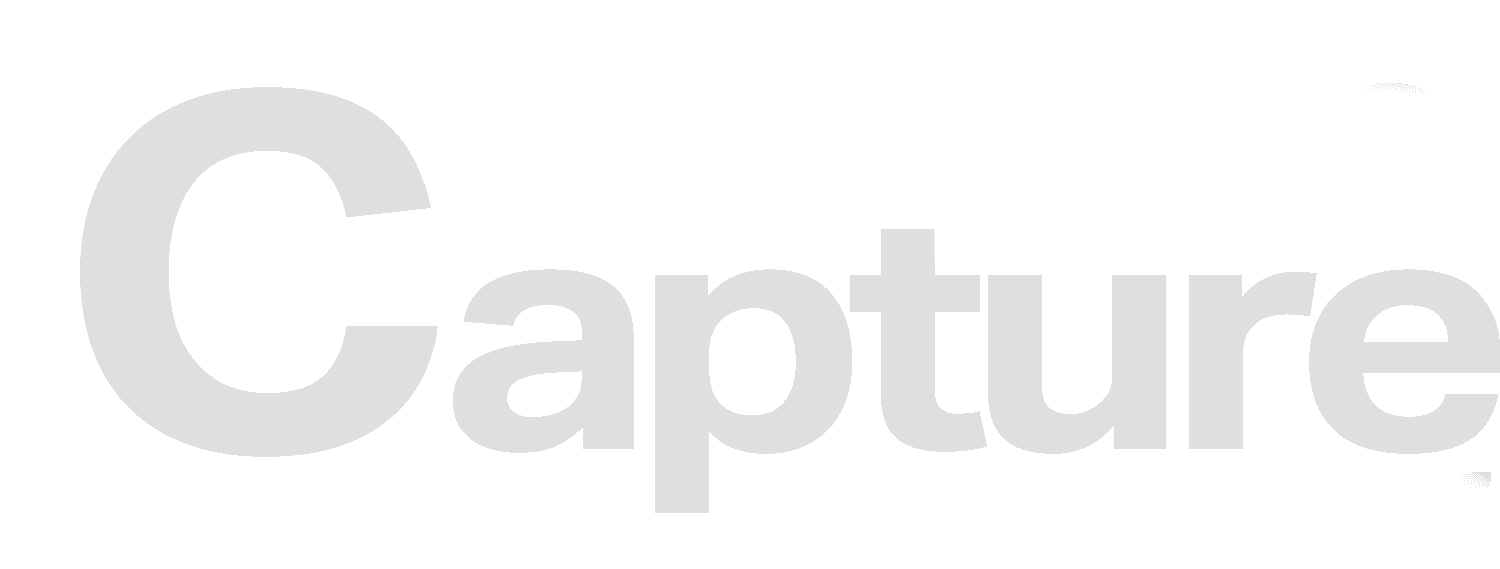Oregon vote approves second phase of Clean Fuels Program



Oregon Department of Environmental Quality
January 8, 2015
BY Erin Voegele
On Jan. 7, the Oregon Environmental Quality Commission voted 4-1 to approve rules for the second phase of the Oregon Clean Fuels Program. The program, which is similar to California’s Low Carbon Fuel Standard, requires a 10 percent reduction of greenhouse gases (GHGs) from transportation fuels over a 10-year period. The rules will go into effect on Feb. 1.
According to information released by the Oregon Department of Environmental Quality, the Clean Fuels Program Phase 2 rules establish clean fuel standards that will reduce emissions from the state’s GHGs by 10 percent over the program’s 10-year timeframe. The rules require importers of transportation fuels to meet the annual clean fuels standards, and provides a variety of strategies to achieve that requirement. Obligated parties can incorporate more low-carbon fuels, including biofuels, biogas, natural gas, propane and electricity, into their fuel mix. Alternatively, obligated parties can purchase clean fuel credits from providers of clean fuels. Providers of clean fuels are able to generate and sell fuel credits for the fuels they provide in Oregon. The rules adopted by the commission also establish fuel supply and furl price deferrals to contain the program’s cost.
The process to establish the Oregon Clean Fuels Program has been ongoing for several years. The program was first approved by the state’s legislature in 2009. The Oregon Environmental Quality Commission adopted rules for the first phase of the program in December 2011. Those rules allowed the department to collect information on fuels that were being imported into the state, enabling the creation of a baseline against which future reductions could be measured. The DEQ was directed to draft rules for Phase 2 of the program in February 2014, and an advisory committee met last year to provide input on program design. A comment period on the Phase 2 rules was also held last year. It closed Nov. 7.
Advertisement
“The decision by the Oregon Department of Environmental Quality…to approve rules for the state’s Clean Fuels Program advances the momentum of carbon-reducing programs on the West Coast significantly. California and British Columbia already have programs in place. Oregon's Clean Fuels Program brings us within one state of a U.S.-Canadian Pacific Coast low carbon program,” said Graham Noyes, acting director of the Low Carbon Fuels Coalition and attorney with Keyes, Fox & Wiedman LLP. “The importance of this policy momentum to low carbon fuel producers cannot be overstated. As a direct result of GHG emissions, climate change is causing substantial economic and environmental destruction. Low carbon fuel producers represent one part of the immediate overall solution to stabilizing our climate. Strong policy signals from western states support both existing low carbon fuel producers and investment in new capacity.”
According to Noyes, the low carbon fuel plants developed by Oregon and California will fortify one another and could help support the development of similar policies in other states. “I expect other states to follow the leadership of California, Oregon and what I will anticipate will happen in Washington state,” he said.
Advertisement
The Renewable Fuels Association has also weighed in on the vote, applauding the commission for its decision to exclude indirect emissions when calculating the carbon intensity of various fuels regulated under its Clean Fuels Program.
“Oregon officials used common sense and good judgment in proposing and approving the framework for Phase 2 of the CFP,” said Bob Dinneen, president and CEO of the RFA. “All fuels have indirect carbon effects. But even after five years of rigorous debate and analysis, there is still no consensus on the best methods and data for estimating—and verifying—those effects for all fuels. On ILUC specifically, results from economic computer models remain disparate, highly uncertain and subject to debate. Oregon did the right thing by taking a careful approach to indirect effects and not putting the policy cart in front of the science horse. We hope other jurisdictions considering LCFS-like policies will follow the lead of Oregon and British Columbia when it comes to carbon intensity scoring.”
While Phase 2 of the Oregon Clean Fuels Program will be implemented next month, the program could be short-lived. It is currently subject to a statutory sunset data of Dec. 31, 2015. The state’s legislature must consider whether or not to remove that sunset date this year. Noyes stressed the removal of the sunset date is essential to the program. “If the legislature does not extend the program, DEQ's decision will become merely symbolic,” he said.
Related Stories
Unleaded 88’s average discount to 87 octane fuel in 2024 yielded $24.26 million in savings at the pump for Minnesota drivers, according to MN Biofuels. The average price of the fuel blend was 17 cents per gallon lower than 87 octane last year.
Iowa Secretary of Agriculture Mike Naig announced on April 16 that he has authored two letters that were delivered to the Trump Administration and Congressional leadership in support of nationwide access to E15 (Unleaded 88).
U.S. ethanol exports have crossed the 1-billion-gallon threshold halfway through Marketing Year (MY) 2024/2025, a 27% increase from the same period in MY 2023-‘2024, according to new information from the USDA.
In a rapidly evolving energy landscape, the 41st International Fuel Ethanol Workshop & Expo will return June 9–11 to the CHI Health Center in Omaha, Nebraska. The event is recognized as the largest and longest-running ethanol conference in the world.
The U.S. EPA on April 11 reported that 1.82 billion RINs were generated under the RFS in March, down from 1.93 billion generated during the same month of 2024. Approximately 5.34 billion RINs were generated during the first quarter of 2025.
Upcoming Events










